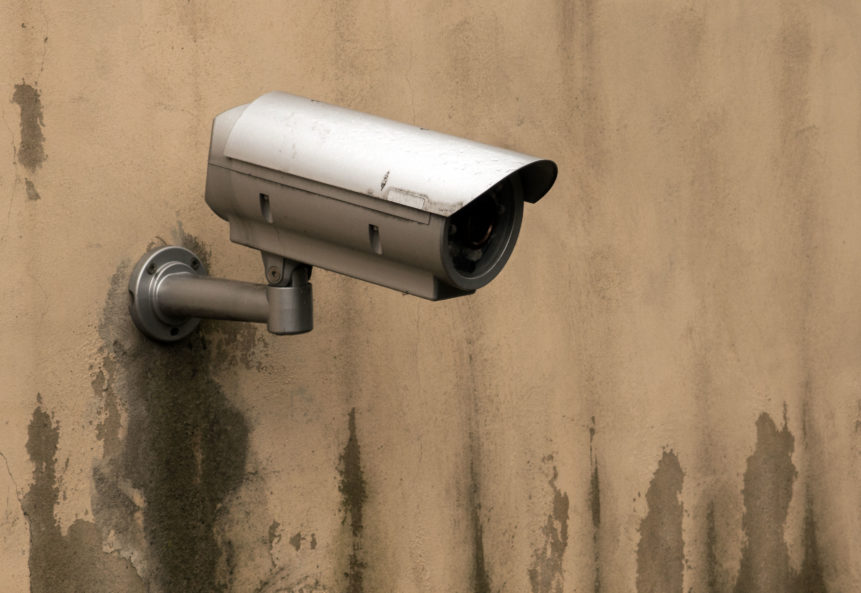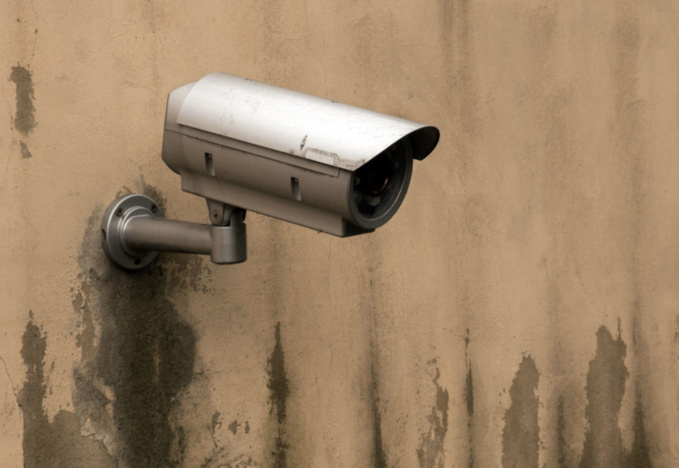Last week, the Financial Times received UN documents, which indicated that large Chinese companies such as ZTE and China Telecom offered the UN International Telecommunication Union (ITU) their versions of international standards for face recognition systems, video monitoring, and surveillance of city and transport.
The ITU includes about 200 countries, and, as the publication notes, many of them adopt the standards approved by the organization in their legislation. These are developing countries in Africa, the Middle East and Asia, that is, just those that are technologically highly dependent on Chinese manufacturers. For example, the South African company Vumacam has installed in Johannesburg about 15 thousand surveillance cameras with face recognition from the Chinese manufacturer Hikvision. Ugandan authorities intend to install cameras from Huawei throughout the country, and the Singapore government wants to equip lampposts with cameras from Chinese startup Yitu.
China is the undisputed leader in face recognition technology. According to IHS Markit, the country has already installed 176 million cameras to control public places, and by 2022 their number should grow to 2.76 billion - two cameras for every citizen of the country.
An example of total surveillance is the story of the Uyghurs, whom the Chinese government monitors with the help of surveillance cameras and sends them to "educational camps." Another example is the plan of the authorities to introduce a system for assessing citizens throughout the country. As for the production of these systems, the services of Chinese manufacturers are used by 67 countries of the world, including Russia, almost all of Asia and Latin America, a number of countries in the Middle East, Australia and, finally, the United States. The next step for Beijing in global dominance in this area should be the dissemination of its vision of what video surveillance standards should be using face recognition technology.
“Some Chinese companies have really begun to grow and grab market share globally in this area,” FT Carnegie Endowment for International Peace analyst Steven Feldstein quotes. “The Chinese government is deliberately investing primarily in the artificial intelligence sector, and now we see the fruits of this.”
Standards adopted by ITU do not apply to Europe and North America. These regions have their own regulators, and local manufacturers lobby for the interests of the industry.
Thus, the European Commission intends to adopt the relevant legislation already under the new president. And the European authorities see their main task in this area as preventing mass surveillance of citizens and violations of their rights and freedoms. And according to the organization’s internal documents, EU authorities also want their laws in this area to become a global standard.
As for the United States, the local special services have at their disposal the second largest network of surveillance cameras in the world (after China). There is no regulation in this area at the federal level, but there are decisions by local authorities to ban the use of face recognition technology. San Francisco was the first to ban face recognition systems. In May, the city council adopted a provision according to which local authorities, including law enforcement agencies, cannot use such technologies in their work. Later, several other American cities, including Auckland (California) and Somerville (Massachusetts), followed suit. And in September, the use of technology was banned by the authorities of the entire state of California.
source: ft.com
The ITU includes about 200 countries, and, as the publication notes, many of them adopt the standards approved by the organization in their legislation. These are developing countries in Africa, the Middle East and Asia, that is, just those that are technologically highly dependent on Chinese manufacturers. For example, the South African company Vumacam has installed in Johannesburg about 15 thousand surveillance cameras with face recognition from the Chinese manufacturer Hikvision. Ugandan authorities intend to install cameras from Huawei throughout the country, and the Singapore government wants to equip lampposts with cameras from Chinese startup Yitu.
China is the undisputed leader in face recognition technology. According to IHS Markit, the country has already installed 176 million cameras to control public places, and by 2022 their number should grow to 2.76 billion - two cameras for every citizen of the country.
An example of total surveillance is the story of the Uyghurs, whom the Chinese government monitors with the help of surveillance cameras and sends them to "educational camps." Another example is the plan of the authorities to introduce a system for assessing citizens throughout the country. As for the production of these systems, the services of Chinese manufacturers are used by 67 countries of the world, including Russia, almost all of Asia and Latin America, a number of countries in the Middle East, Australia and, finally, the United States. The next step for Beijing in global dominance in this area should be the dissemination of its vision of what video surveillance standards should be using face recognition technology.
“Some Chinese companies have really begun to grow and grab market share globally in this area,” FT Carnegie Endowment for International Peace analyst Steven Feldstein quotes. “The Chinese government is deliberately investing primarily in the artificial intelligence sector, and now we see the fruits of this.”
Standards adopted by ITU do not apply to Europe and North America. These regions have their own regulators, and local manufacturers lobby for the interests of the industry.
Thus, the European Commission intends to adopt the relevant legislation already under the new president. And the European authorities see their main task in this area as preventing mass surveillance of citizens and violations of their rights and freedoms. And according to the organization’s internal documents, EU authorities also want their laws in this area to become a global standard.
As for the United States, the local special services have at their disposal the second largest network of surveillance cameras in the world (after China). There is no regulation in this area at the federal level, but there are decisions by local authorities to ban the use of face recognition technology. San Francisco was the first to ban face recognition systems. In May, the city council adopted a provision according to which local authorities, including law enforcement agencies, cannot use such technologies in their work. Later, several other American cities, including Auckland (California) and Somerville (Massachusetts), followed suit. And in September, the use of technology was banned by the authorities of the entire state of California.
source: ft.com



















